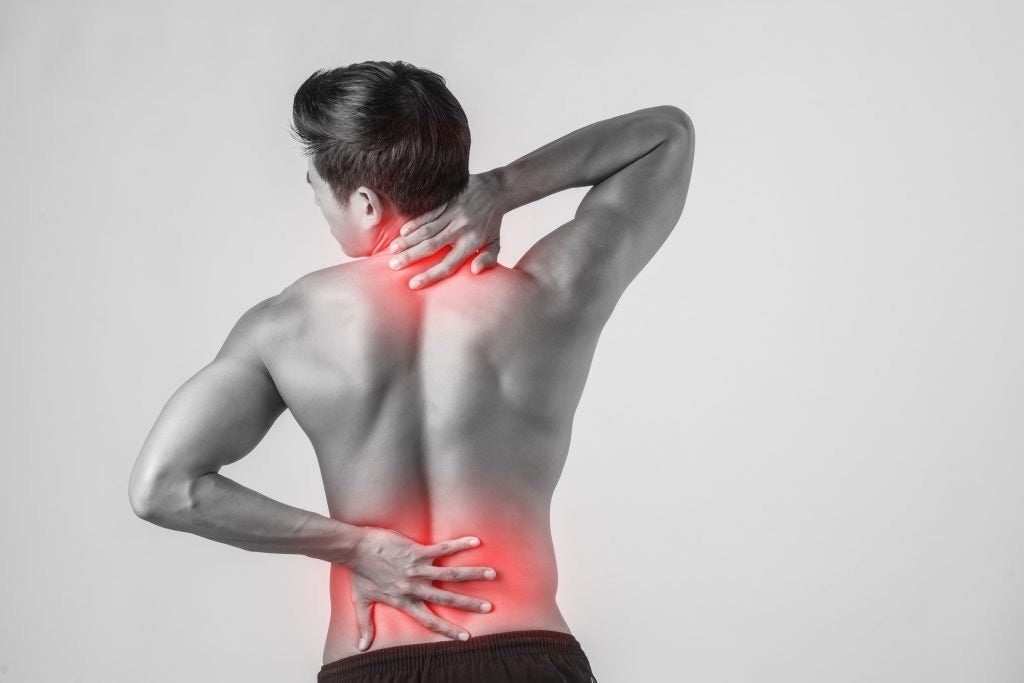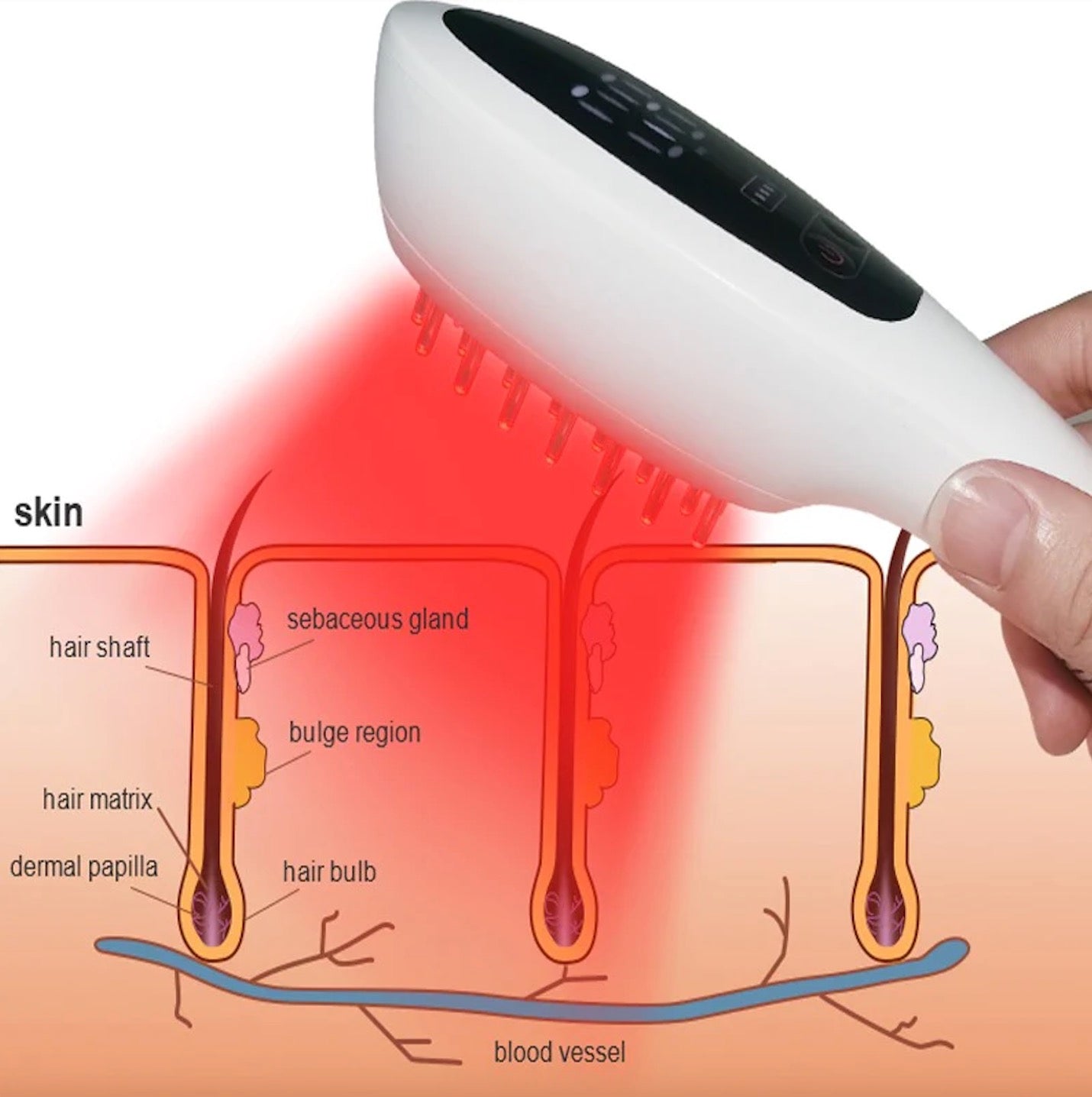Muscle pain is a common condition that affects millions of people worldwide. It can be caused by a variety of factors, including injury, overuse, tension, or underlying medical conditions such as arthritis, fibromyalgia, or infections. For those who suffer from muscle pain, it can significantly impact their daily life and hinder their ability to perform normal activities.
Fortunately, there are various treatment options available for muscle pain, including laser treatment. Laser treatment for muscles, also known as low-level laser therapy (LLLT) or photobiomodulation, is a non-invasive medical procedure that uses light energy to promote healing and reduce pain in muscles.
Benefits of Laser Treatment for Muscles
Muscle pain and injury can significantly impact one's daily life, making it challenging to perform even the most basic activities. Fortunately, laser treatment for muscles is a non-invasive medical procedure that can provide significant relief and help patients get back to their daily activities pain-free.The benefits of laser treatment for muscles are as below:
Pain Relief
One of the most significant benefits of laser treatment for muscles is pain relief. The laser's light energy penetrates deep into the tissue, stimulating cellular activity and promoting healing. This process helps to reduce inflammation and swelling, which are the primary causes of muscle pain. Additionally, laser treatment stimulates the production of endorphins, which are natural painkillers in the body, providing long-lasting relief.
Improved Muscle Function and Flexibility
Muscle pain can cause stiffness and reduced flexibility, making it challenging to perform daily activities. Laser treatment for muscles helps to improve muscle function and flexibility by reducing pain and inflammation, which can prevent the muscles from functioning properly. This therapy also helps to stimulate the production of collagen and elastin, which are essential for healthy muscle function and flexibility.
Increased Blood Flow and Oxygen to Muscles
Laser treatment for muscles helps to increase blood flow and oxygen to the muscles, which is vital for healing and recovery. Improved blood flow helps to deliver vital nutrients and oxygen to the muscles, which aids in the healing process. This process also helps to remove waste products from the muscles, which can reduce the risk of muscle damage and injury.
Reduction in Inflammation and Swelling
Inflammation and swelling are the primary causes of muscle pain and can lead to further muscle damage if not treated promptly. Laser treatment for muscles helps to reduce inflammation and swelling by stimulating cellular activity and promoting healing. This therapy also helps to reduce the production of pro-inflammatory cytokines, which are the primary causes of inflammation and swelling.
Accelerated Tissue Repair and Regeneration
Laser treatment for muscles helps to accelerate tissue repair and regeneration, reducing the recovery time for injuries and promoting healing. This therapy stimulates the production of collagen and elastin, which are essential for healthy muscle tissue. This process also helps to reduce scar tissue formation, which can impede muscle function and lead to further injury.
Types of Laser Treatment for Muscles
There are two main types of laser treatment for muscles: low-level laser therapy (LLLT) and high-power laser therapy (HPLT). In this blog, we will explore these two types of laser treatment for muscles in detail.
Low-Level Laser Therapy (LLLT)
Low-level laser therapy (LLLT) is a type of laser treatment for muscles that uses low-level lasers or light-emitting diodes (LEDs) to promote healing and reduce pain and inflammation. LLL
works by stimulating cellular activity in the body, which can help to reduce inflammation, improve blood flow, and promote tissue regeneration. LLLT is a non-invasive and painless treatment that typically requires multiple sessions to achieve maximum benefit.
High-Power Laser Therapy (HPLT)
High-power laser therapy (HPLT) is a type of laser treatment for muscles that uses high-power lasers to penetrate deeper into the tissue and provide more significant pain relief and healing benefits. HPLT works by stimulating cellular activity in the body, similar to LLLT, but with more power and intensity. HPLT is also non-invasive and painless, and typically requires fewer sessions than LLLT to achieve maximum benefit.
When choosing between LLLT and HPLT, there are several factors to consider, including the severity and location of the injury, the patient's medical history, and the expected outcomes of the treatment. LLLT may be more appropriate for mild to moderate injuries or for patients who cannot tolerate the intensity of HPLT. HPLT may be more suitable for severe injuries or for patients who require more immediate and significant pain relief.
Advantages of Laser Treatment Over Other Therapies
Laser treatment for muscles has become an increasingly popular method of pain relief and healing for those suffering from muscle injuries or pain. Compared to other traditional therapies such as medication or surgery, laser treatment offers several advantages. In this blog, we will explore the advantages of laser treatment for muscles over other therapies.
Non-Invasive and Painless
One significant advantage of laser treatment is that it is non-invasive and painless. Unlike surgical procedures, laser treatment does not require incisions, anesthesia, or a lengthy recovery period. Instead, patients can typically receive treatment without discomfort and return to their daily activities soon after the session.
Fewer Side Effects
Laser treatment for muscles also has fewer side effects compared to other therapies such as medication or injections. Prescription medication can have a range of side effects, including dizziness, nausea, and digestive problems, while injections can cause pain, swelling, or even nerve damage. Laser treatment, on the other hand, has minimal side effects and is safe for most patients.
Faster Healing Time
Another advantage of laser treatment is that it can speed up the healing process. By stimulating cellular activity and improving blood flow, laser treatment can help to accelerate tissue repair and regeneration. This means that patients can expect to experience faster recovery times and return to their normal activities sooner.
Conditions Treated with Laser Treatment for Muscles
Laser treatment can effectively treat a range of muscle conditions, from acute injuries to chronic pain. In this blog, we will explore the different conditions that can be treated with laser treatment for muscles.
Muscle Strains and Sprains
Muscle strains and sprains are common injuries that can occur during physical activity or as a result of sudden movements. Laser treatment can help to reduce pain and inflammation and promote healing in the affected muscle. With laser treatment, patients can experience a faster recovery time and return to their normal activities sooner.
Tendinitis
Tendinitis is a condition where the tendons, which connect the muscles to the bones, become inflamed. This condition can cause pain and discomfort in the affected area. Laser treatment can help to reduce inflammation and promote healing in the affected tendon. With laser treatment, patients can experience reduced pain and improved function in the affected area.
Arthritis
Arthritis is a condition where the joints become inflamed, causing pain and stiffness. Laser treatment can help to reduce inflammation in the affected joints and promote healing. With laser treatment, patients can experience reduced pain and improved range of motion in the affected joints.
Carpal Tunnel Syndrome
Carpal tunnel syndrome is a condition where the median nerve, which runs from the forearm to the hand, becomes compressed. This can cause pain, numbness, and tingling in the affected hand. Laser treatment can help to reduce inflammation in the affected area and promote healing. With laser treatment, patients can experience reduced pain and improved function in the affected hand.
Fibromyalgia
Fibromyalgia is a condition that causes chronic pain and tenderness throughout the body. Laser treatment can help to reduce pain and inflammation in the affected areas and promote healing. With laser treatment, patients can experience reduced pain and improved quality of life.
What to Expect During Laser Treatment for Muscles
If you are considering laser treatment for your muscle pain or injury, it is important to know what to expect during the treatment process. Laser treatment is a non-invasive and painless procedure that can provide significant pain relief and promote healing. In this blog, we will explore what to expect during laser treatment for muscles.
Consultation and Evaluation
Before undergoing laser treatment, you will typically have a consultation with a medical professional. During this consultation, your medical history will be reviewed, and your current condition will be evaluated. This will help determine if laser treatment is an appropriate option for your specific needs.
Preparation for Treatment
Once it has been determined that laser treatment is right for you, the area to be treated will be prepared. This may involve cleaning the area and shaving any excess hair. In some cases, a gel may be applied to the skin to help conduct the laser energy.
Laser Treatment
During the laser treatment, a handheld device will be placed on the skin over the affected area. The device will emit a specific wavelength of light that penetrates the skin and targets the affected muscles. The laser energy will stimulate the cells in the muscles and promote healing.
Duration and Frequency of Treatment
The duration and frequency of laser treatment will vary depending on the specific condition being treated and the severity of the symptoms. In some cases, a single session may be sufficient, while in other cases, multiple sessions may be necessary. Each session typically lasts between 10 and 30 minutes.
Post-Treatment Care
After the laser treatment, you may experience some mild redness or swelling in the treated area. This is normal and typically resolves within a few hours. You can resume your normal activities immediately after the treatment.
How to Choose a Laser Treatment Provider for Muscles
If you are considering laser treatment for your muscle pain or injury, it is important to choose a qualified and experienced provider. Here are some factors to consider when selecting a laser treatment provider for muscles:
Qualifications and Credentials
Make sure that the provider is qualified to perform laser treatment for muscles. Check their credentials, such as their education, training, and certifications. It is important that they have specialized training in laser therapy and are licensed in their state or province.
Experience and Reputation
Look for a provider who has experience in treating the specific condition you are seeking treatment for. Check their reputation by reading reviews and testimonials from previous patients. You can also ask for referrals from your doctor or other healthcare providers.
Types of Equipment and Technology Used
Make sure the provider uses up-to-date equipment and technology for laser treatment. Ask about the specific type of laser they use, the wavelength and power output, and the cooling system they have in place to protect your skin from heat. The provider should be able to explain how their equipment works and how it will benefit your treatment.
Cost and Insurance Coverage
Laser treatment for muscles can vary in cost depending on the provider and the specific treatment plan. Ask about the cost of the treatment and if there are any additional fees or charges. Check with your insurance provider to see if laser treatment for muscles is covered under your plan. If it is not covered, ask about payment options or financing plans.




